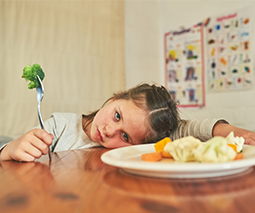Is there such thing as too much for fruit for kids?
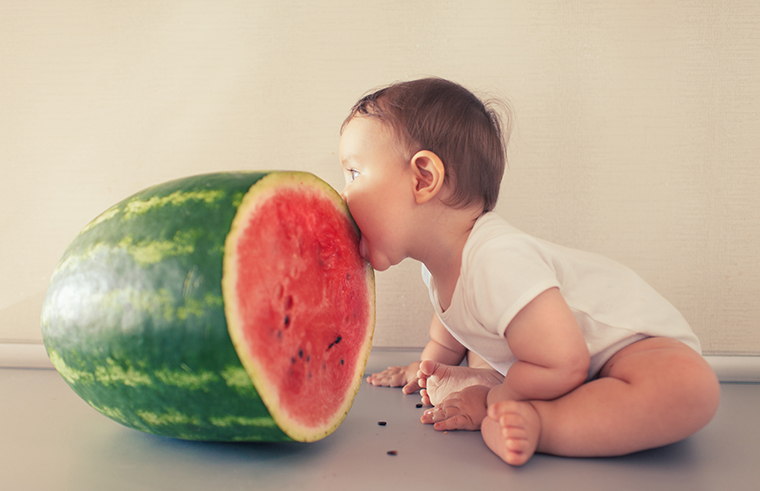
“Have a piece of fruit!” I can still hear my mum telling us kids that every time we complained of hunger. A mum now myself, I often hear myself telling my own boys the same thing.
Especially in the summer months where mangos, berries and watermelon look so bright, fresh and inviting – what could be better?
But apparently, you can have too much of a good thing.
As paediatric nutritionist, Mandy Sacher told Babyology podcast Feed Play Love, just like everything else we feed our bodies, when it comes to fruit, moderation is key.
Listen to Mandy Sacher on Feed Play Love:
“Fruit is super healthy, but we can eat too much of it,” says Mandy. “Aim for two serves a day for your child, and if they are very active, you can up that to three.”
The real problem when it comes to fruit is when it starts replacing all other foods – and at every meal.
“A lot of people eat fruit as part of their main meal, but it’s important to keep it separate,” says Mandy. “Focus on protein and vegetables for the main meals and keep fruit for morning and afternoon tea.”
What are the ‘best’ fruits for kids?
Mandy says all fruits have different health benefits, but a good general rule is to opt for those with naturally less sugar, like berries.
Also focus on natural, wholegrain foods over processed foods.
“Children aren’t on paleo and ketogenic diets, they need to eat food as close to nature as possible. Move away from processed dried fruit snacks, give it to them in whole fruit form; that way you can ensure they are getting beneficial properties,” says Mandy.
Buy local and in season
Any foods that aren’t locally produced are more likely to be mould retardant and covered in pesticides.
“As children tend to eat more fruit per kilogram of body weight than adults, it’s important to educate yourself so your child is getting the cleanest ones.”
Aim for balance
Try and make fruit the sweetest food in your child’s diet.
“You really need to make sure that not everything in your child’s diet is sweetened. Breakfast can’t be covered in honey or stewed fruit, lunch shouldn’t always be a jam sandwich and dinners shouldn’t be sweet,” says Mandy.
“Teach your children to expand their framework of taste buds. Yoghurt is one great way to introduce our kids to sour foods. Don’t buy the sweetened varieties, keep it natural.”
Mandy says it’s important to move away from processed sauces and teach your kids to eat food that’s flavoured with herbs and spices and olive oil instead.
Shop smart
As well as focusing on local and fresh, teach yourself how to read nutrition labels on foods to make sure you’re making high-quality choices.
“We don’t expect everyone to cook everything from scratch. We need to rely on products that we can really trust to ensure they don’t have hidden sugars,” says Mandy.
All of this information can be a lot to get your head around as a parent but Mandy says we need to keep things in perspective.
“We don’t want to villainise sugar,” says Mandy. “It’s more about teaching our kids to self-regulate and make conscious food choices.”
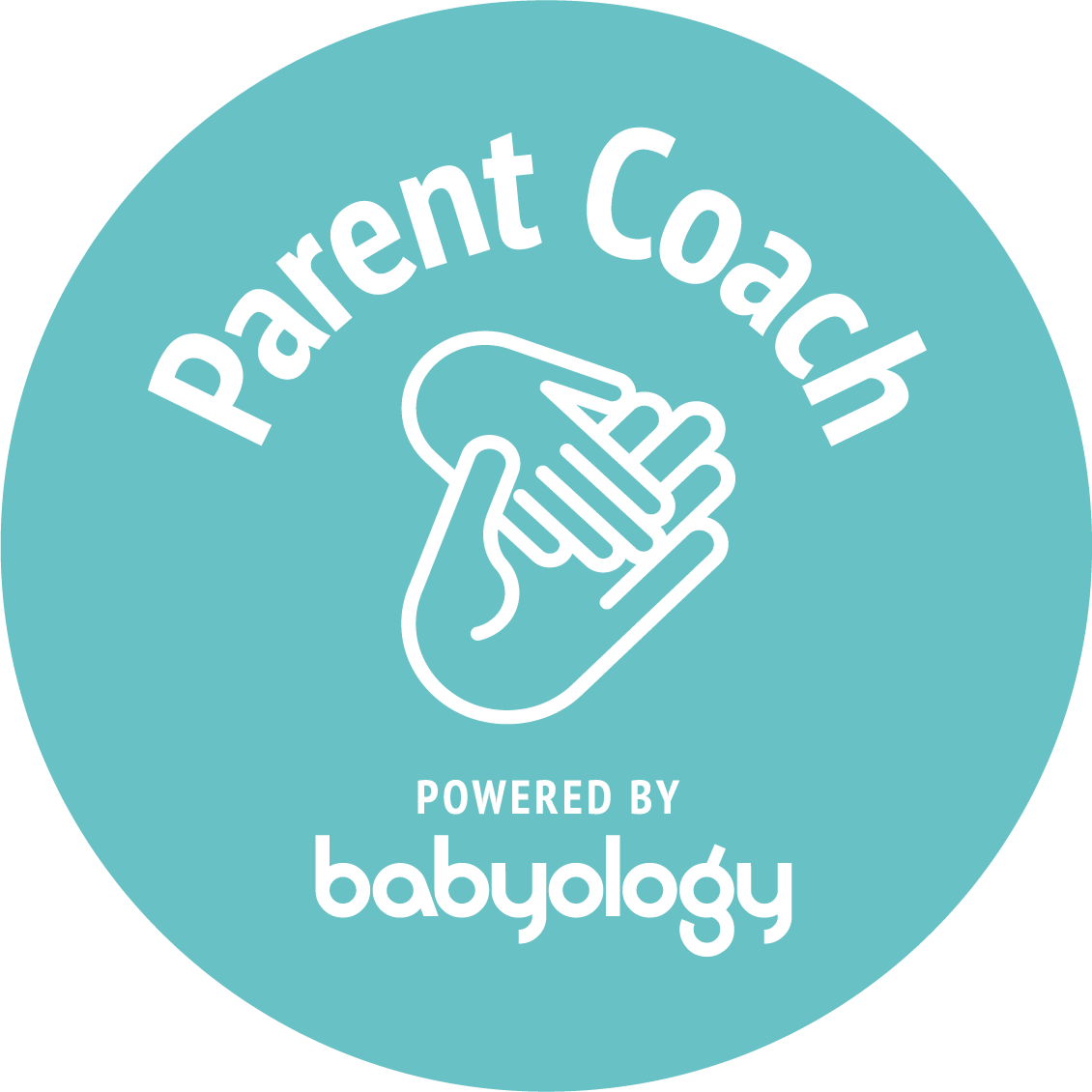 Need some support to be the best parent you can be? Our Parent School parent coaching experts can help. Click to find out more or book a one-on-one session.
Need some support to be the best parent you can be? Our Parent School parent coaching experts can help. Click to find out more or book a one-on-one session.
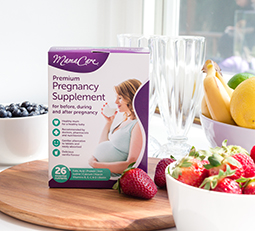
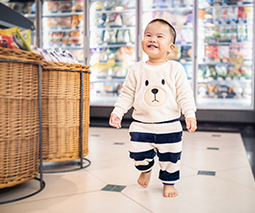
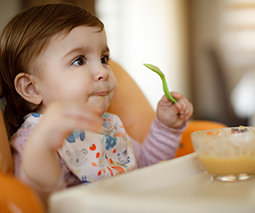
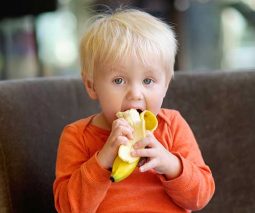

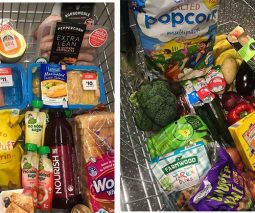
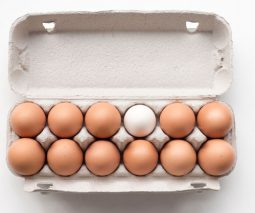

 Watermelon is an incredibly popular fruit with both children and adults – synonymous with Summer and celebrations. Cutting into the cake always generates impressive ooohs and aaahs, and my children love getting involved in the decoration element. We tend to use vibrant berries, however you could use any fruit – making it as extravagant and eye-catching as you like! . .
Watermelon is an incredibly popular fruit with both children and adults – synonymous with Summer and celebrations. Cutting into the cake always generates impressive ooohs and aaahs, and my children love getting involved in the decoration element. We tend to use vibrant berries, however you could use any fruit – making it as extravagant and eye-catching as you like! . .  Full recipe is on page 219 of my book "Wholesome Child: A Complete Nutrition Guide and Cookbook": link in bio
Full recipe is on page 219 of my book "Wholesome Child: A Complete Nutrition Guide and Cookbook": link in bio  . (Use discount code XMAS15 at checkout for the 15% off Xmas offer – limited to one use per person and for a limited time only) . . @bondilicious_nutritious @sallyparkerfoodstylist @cathmuscat #watermelon #watermeloncake #watermelons #watermelonlove #watermelonlover #cake #cakes #cakesofinstagram #igcake #igcakes #simplecake #simplecakes #beautiful #vibrant #fruit #fruitcake #fruitalicious #fruity #fruitlove #fruitlover #healthycake #healthycakes
. (Use discount code XMAS15 at checkout for the 15% off Xmas offer – limited to one use per person and for a limited time only) . . @bondilicious_nutritious @sallyparkerfoodstylist @cathmuscat #watermelon #watermeloncake #watermelons #watermelonlove #watermelonlover #cake #cakes #cakesofinstagram #igcake #igcakes #simplecake #simplecakes #beautiful #vibrant #fruit #fruitcake #fruitalicious #fruity #fruitlove #fruitlover #healthycake #healthycakes
